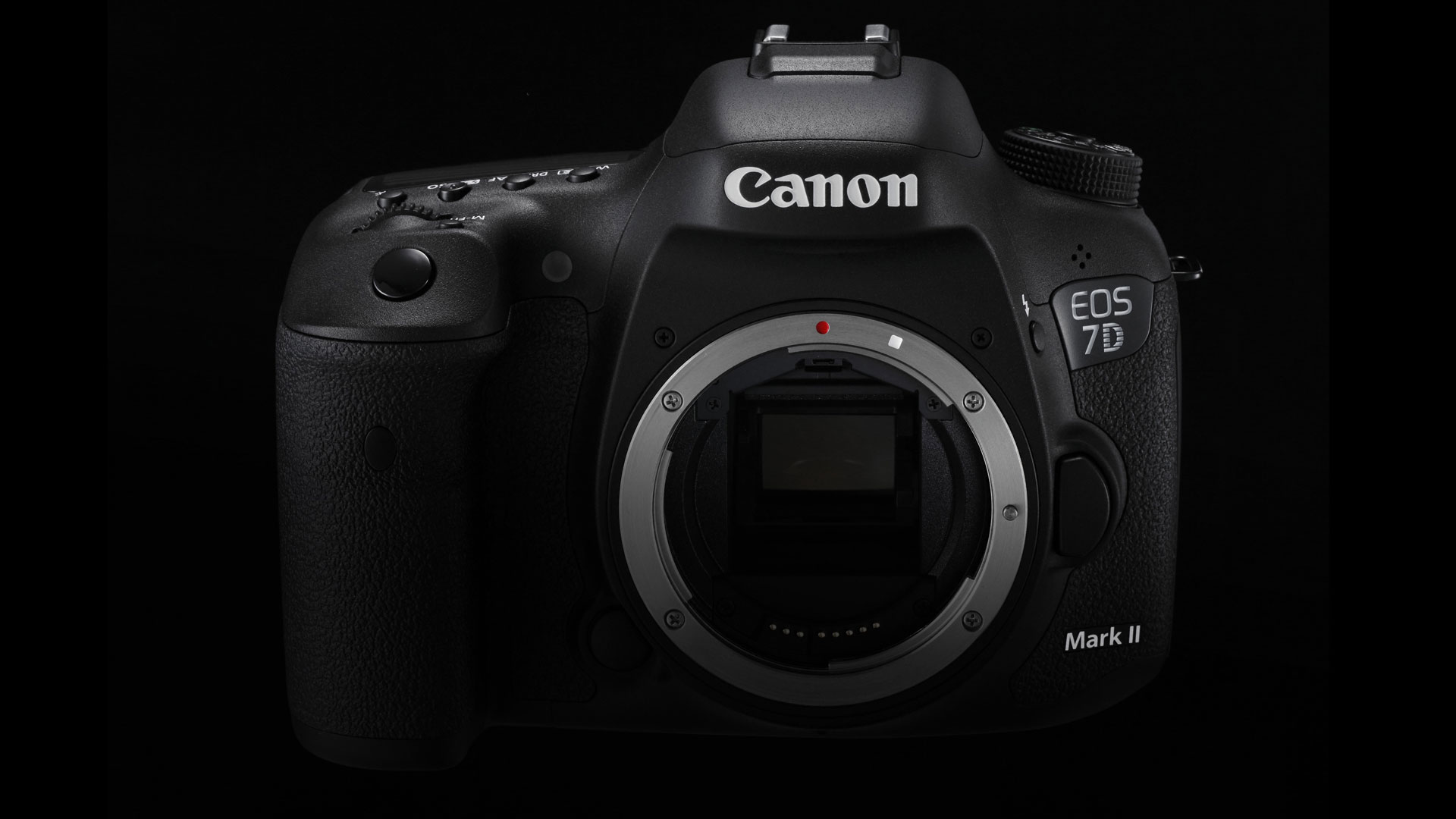The Canon EOS 7D Mark II is the D-SLR Canon fans were waiting for
At last! The 7D Mark II replaces the five-year-old 7D and is Canon's new top APS-C format camera

At last! Good as the original EOS 7D was, five years is just too long for any digital SLR to stay at the top. It was still at the top of Canon's APS-C format D-SLR range – the last step on the ladder before going for a pro full-frame camera – but newer APS-C models like the EOS 70D were starting to show it up.
But the EOS 7D Mark II fixes that even more emphatically than most Canon users would have dared hope, with 10fps continuous shooting – 2fps faster than its speedy predecessor – a new, higher-resolution sensor and an extremely sophisticated autofocus system.
Focus facts
The original EOS 7D had a 19-point autofocus system – not much by today's standards, but all 19 points were higher-performance cross-type sensors, so it stacks up pretty well even now.
However, the new camera goes way further. The EOS 7D Mark II has a 65-point AF system, all of them cross-type. That's more than the EOS-1DX, Canon's flagship full frame pro D-SLR. The EOS 7D Mark II also uses Canon's clever Dual Pixel CMOS AF technology to provide faster, more decisive autofocus in live view mode than you can get from regular contrast AF systems.
This will be especially useful for movies, and the EOS 7D Mark II gets a boost here, too. It can shoot Full HD (1920x1080) footage at frame rates up to 60p, and it offers uncompressed 4:2:2 HDMI output to external recorders. There's an external mic socket, as you'd expect, but also a headphone socket for monitoring noise during recording.
Sensor update
The original 7D had an 18 million pixels, which was pretty impressive back then, and the 7D goes a step further with a much more modern 20.2 megapixel sensor. This is lower resolution than the 24-megapixel sensors in rival D-SLRs, but these comparisons can be misleading – 20 million pixels is still a lot by absolute standards.
As well as offering on-chip phase detection autofocus, the new sensor brings a much higher maximum ISO than the original 7D, up from ISO 6400 to ISO 16,000 – though this can be expanded to ISO 51,200 in an emergency.
Get daily insight, inspiration and deals in your inbox
Sign up for breaking news, reviews, opinion, top tech deals, and more.
The EOS 7D Mark II looks very impressive, and that includes the price. All this power can be yours for £1,600 (approximately US$2,600/AU$2,800) from November 2014.

Rod is an independent photographer and photography journalist with more than 30 years' experience. He's previously worked as Head of Testing for Future’s photography magazines, including Digital Camera, N-Photo, PhotoPlus, Professional Photography, Photography Week and Practical Photoshop, and as Reviews Editor on Digital Camera World.